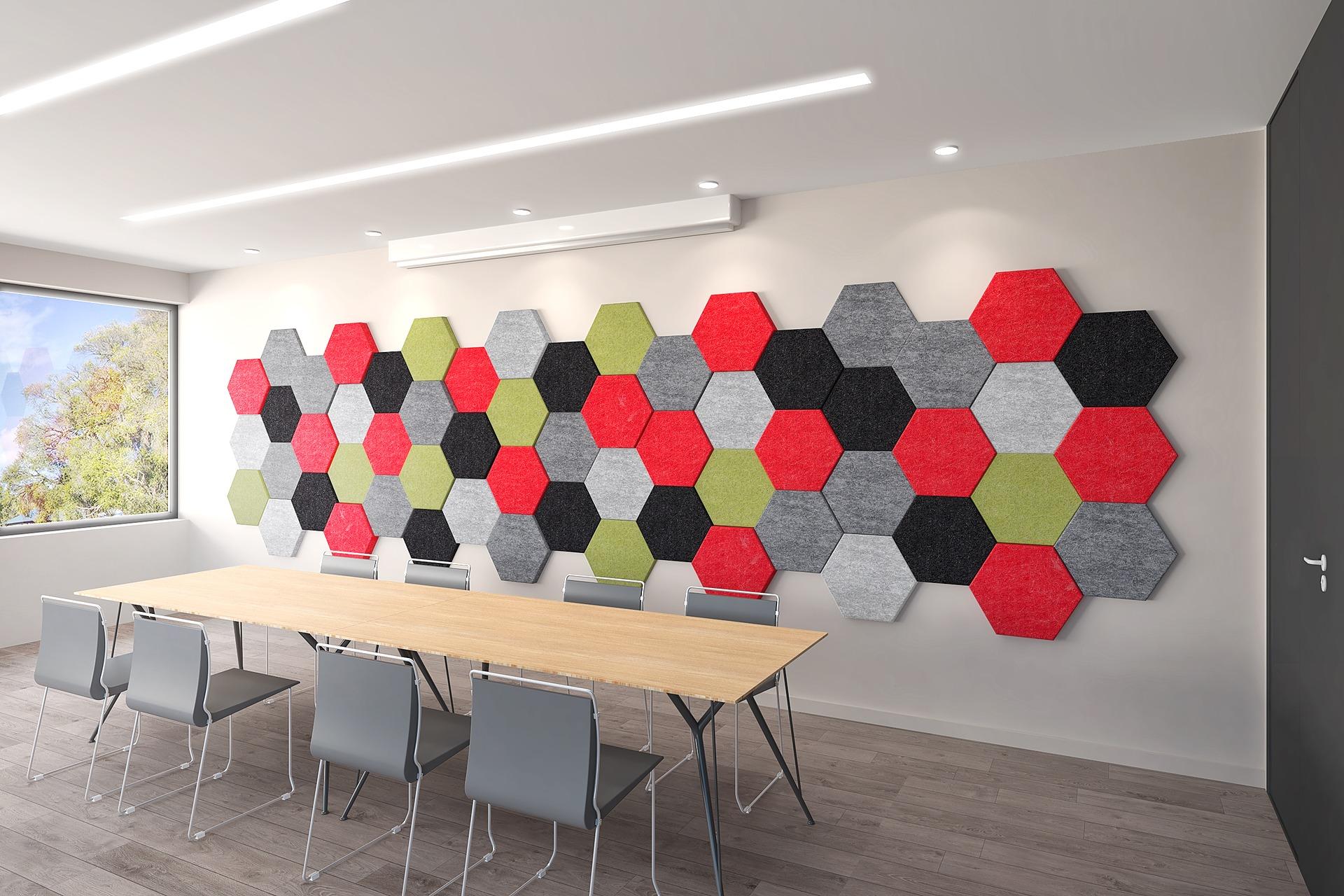Create Productive Workspaces: The Role of Acoustics in Employee Performance

In seeking to create a productive work environment, employers often focus on factors such as lighting, ergonomic furniture, and collaboration spaces.
However, an important factor that is sometimes overlooked is acoustics. A good workplace environment can significantly impact employee performance, productivity, and overall well-being.
We will highlight the importance of acoustics in creating productive workplaces and explore strategies to improve sound quality to increase employee performance.
Understanding the Impact of Acoustics
Acoustics refers to the quality of sound within a space, including factors such as reverberation, background noise, and speech intelligibility. Research has shown that poor acoustics can have a detrimental effect on employee performance, resulting in lower concentration, higher stress levels and lower productivity. In contrast, a well-designed acoustic environment can promote better communication, concentration, and overall job satisfaction among employees.
Implementing Soundproofing Materials
One of the most effective ways to reduce noise in workspaces, such as call centers or offices, is through soundproofing. This may include the installation of sound-absorbing materials. Investing in soundproof panels or ceiling tiles to reduce noise. Soundproof panels create a productive environment.

Additionally, sealing gaps or cracks in walls and windows can prevent outside noise from entering the workspace. In addition to sound masking, implementing acoustic wall panels to reduce noise on walls can further improve the acoustic environment within the workplace.
These treatments help absorb excess noise and reduce echoes, creating a more comfortable and conducive environment for focused work tasks. Integrating sound therapy into conference rooms, meeting spaces, and open-plan areas can increase communication and collaboration among employees.
Use of sound masking technology
Sound masking technology offers an innovative solution to improve acoustic comfort in modern work environments. By emitting low levels of background sound, sound masking systems help mask unwanted noise and increase speech privacy, thereby reducing distractions and improving concentration. Integrating sound masking technology into office spaces can create a more balanced and productive acoustic environment for employees.
Creating collaborative spaces
While individual attention is important, fostering collaboration and teamwork is also important for driving innovation and creativity in the workplace. When designing collaborative spaces, it is essential to achieve a balance between acoustics and functionality.
Adding acoustic furniture, movable partitions, and flexible layout options can create dynamic spaces that promote interaction while maintaining acoustic comfort for all occupants.
Conclusion: Increasing Employee Performance Through Voice Optimization
Finally, acoustics play an important role in shaping the work environment and influencing employee performance. By prioritizing sound design principles and implementing strong management strategies, employers can create productive workplaces that foster focus, communication, and collaboration. Investing in robust optimization not only improves job satisfaction and employee well-being, but also contributes to overall organizational success.
